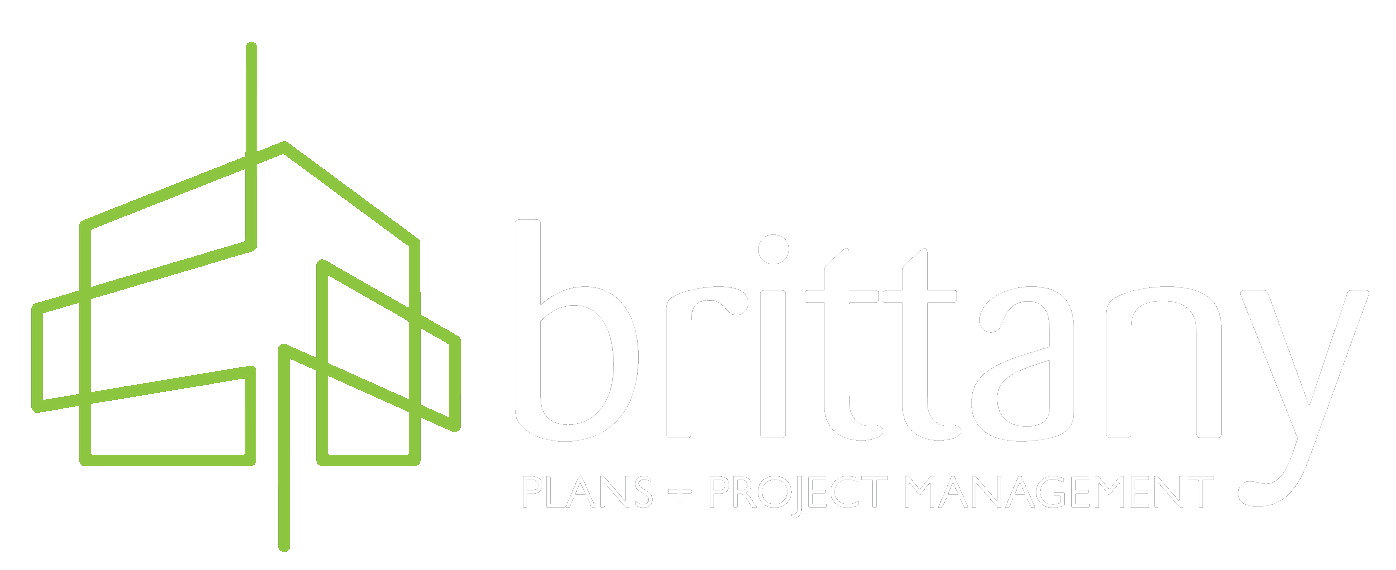Planning Process
Brittany Plans
Sėcuritė (Fire & Panic Safety Regulations)

What are France’s commercial building regulations?
- As a general rule, any premises or building open to the public – “Etablissements Recevant du Public” (commonly abbreviated to “ERP”) – must adhere to particular ‘ERP standards’ governing disabled access and fire safety. Shops, retail malls, theatres, cinemas, hospitals, schools and universities, hotels, restaurants, bars, campsites, fishing lakes, and other structures are among those impacted. Interestingly, the laws also include temporary buildings such as marquees.
- According to European rules, both new and existing establishments must meet certain requirements from January 1, 2015. However, as with most countries in Europe, France struggled to achieve this deadline, and many current ERPs were not completed on time. As a result, several structures have been awarded permanent exemptions or extensions to complete repairs over a number of years.
- All public buildings, or ‘ERP’, are classified based on their purpose (activity) and capacity (number of persons).
- The purpose of a building is established by the authorities, who choose from a list of approximately 30 distinct types of establishments, each identified by a letter.
- All public buildings, or ‘ERP’, are classified based on their purpose (activity) and capacity (number of persons).
- The purpose of a building is established by the authorities, who choose from a list of approximately 30 distinct types of establishments, each identified by a letter.
- For example, shops are classified as ‘M’, pubs and restaurants as ‘N’, hotels and bed and breakfasts as ‘O’, and so on. There are several categories for “floating buildings” (boats or ships to you and me), open- air structures, covered parking lots, and so on.
A building’s capacity is classified into the following five categories:
Categories of commercial buildings or “ERP”
- More than 1500 people: (Category 1.)
- 701 – 1500 people: (Category 2.)
- 301 – 700 people: (Category 3.)
- Less than 300 people: (Category 4.) (unless the building falls into category 5)
All public buildings, or ‘ERP’, are classified based on their purpose (activity) and capacity (number of persons). The purpose of a building is established by the authorities, who choose from a list of approximately 30 distinct types of establishments, each identified by a letter.
- For example, shops are classified as ‘M’, pubs and restaurants as ‘N’, hotels and bed and breakfasts as ‘O’, and so on. There are several categories for “floating buildings” (boats or ships to you and me), open-air structures, covered parking lots, and so on.
- A building’s capacity is classified into the following five categories:
- Buildings with capacities below specific levels (depending on the sort of activity offered): Category 5.
- The definition of capacity (number of persons) for categories 1–4 includes all staff or personnel in addition to members of the public, whereas category 5 solely considers the number of members of the public.
Does your French business have to follow ERP regulations?
- Many foreign purchasers dream of opening (or taking over) a Bar, Restaurant, Hotel, Bed and Breakfast, or Gîte Complex, and it is critical to grasp the consequences of existing rules, which can have a considerable impact on renovation expenses. It may also have an impact on whether a building may be used for its intended purpose, particularly in older buildings where structural constraints may make meeting rules impractical.
Most popular commercial properties.
Hotels, Bed & Breakfasts, Gîtes, and other buildings that provide accommodation:
- In general, the ERP regulatory framework only applies to buildings that have more than six rooms to rent and can accommodate more than 15 visitors. Smaller businesses are often not required to follow rules, but it is necessary to double-check the regulations for your unique property and business type. There may be situations where ERP standards do not apply, yet a certain level of disabled access is essential.
- Establishments subject to ERP laws must submit separate fire and disability dossiers as part of their planning application.
Bars, Restaurants & Shops:
- A shop, bar or restaurant with a capacity of less than 15 people is unlikely to be financially successful, thus all of these are likely to require ERP compliance.
Campsites and Fishing lakes:
- The needs for these will vary depending on the function of any buildings on-site, such as bathroom blocks, restaurant spaces, and so on. Open spaces are often exempt from ERP restrictions;
ERP Regulations in France:
- So, in practice, what does it mean to follow these ERP regulations? There are two key factors to consider: fire and life safety, along with disability and special needs access.
- The Regulation includes general requirements common to all institutions and others specific to each type of institution.
- Where the same building houses several activities, the preventive and safety measures for each activity shall apply to that part of the building which it occupies.
The technical rules shall apply in particular to the following:
- Development and insulation of the premises Façade (1 or more) bordering lanes or free spaces for evacuation of the public and access by firefighters
- Fire resistant building and interior fittings materials
- Indoor distribution and subdivision to limit the spread of fire and smoke
- Number and width of exits, possible safe waiting areas and internal clearances (proportional to capacity)
Smoke-Free:
- Alarm and warning devices, monitoring service and fire-fighting equipment appropriate to the hazards
- Prohibition of the storage, distribution and use of explosives or toxic substances, of any particularly flammable liquids (except in the case of special provisions in the safety regulations)
- Electrical lighting required
- Safety lighting required
- Guaranteed safety and proper operation of lifts and hoists, electricity, gas, heating and ventilation installations
Fire safety:
- ERP regulations aim to ensure fire safety in public buildings by limiting the risk of fires, alerting the public, evacuating people safely, and facilitating fire brigade intervention. All owners and operators of such enterprises must follow the requirements on an ongoing basis, not just during building or refurbishment.
The primary needs are the following:
- At least one of the building’s faces must provide for the quick and easy evacuation of all occupants from the structure, as well as access for emergency workers to enter and fight fire.
- The materials used in the construction or refurbishment of a structure must respect specific statutory criteria, particularly their fire-retardant properties:
- This often means that walls, floors, and ceilings must have at least a one-hour fire rating, while internal doors must have at least a half-hour rating.
- External emergency exit doors are required in some circumstances (often when the capacity exceeds 50 people) and must open outward.
- Exit doors must be at least 90cm wide and more than one may be necessary, depending on the building’s capacity.
- A manually or mechanically operated ventilation/extraction system may be necessary.
- Commercial kitchens are subject to certain laws, including the requirement for an emergency cut-off valve to close the gas supply, fume extraction, grease trap cleaning in extraction systems and so on. Conduits for fume evacuation must be fire-resistant, often with a 15-minute minimum rating.
- Boiler rooms or other spaces dedicated to heating systems must have a minimum one-hour fire rating and be inaccessible to the general public.
- Emergency lighting may be necessary, depending on the capacity of the facility.
- The electrical installation must meet certain specifications for the kind of building and activity involved.
- Fire extinguishers will be required based on the type of activity and capacity.
Conclusion:
Although the information provided within these guidelines are compiled to assist, we would always recommend to speak to your Local Maries Office, to determine any specific local requirements that will be specifically applicable to your application.
In case of any doubt or questions; your local Maries Office / Planning services are there to help you. They can provide invaluable advice and information specific to your local area.

